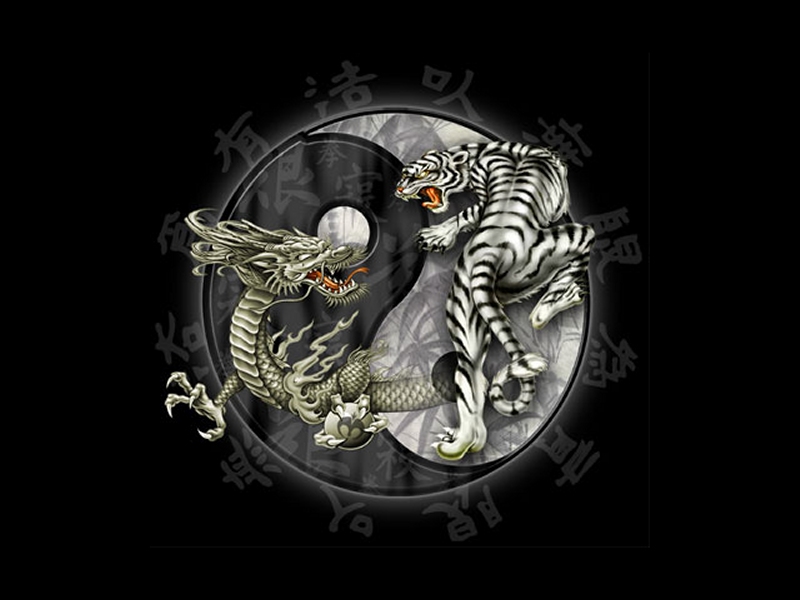BoVine
What kind of vine can you milk? A BoVine!
We could hear the slow drip echoing ahead and knew we were close. He were trying to be as quiet as possible, don't want to wake them. Looking up at the ceiling we could see the Vines hanging down ominously. Cursing myself for being so greedy, but milk is a hot commodity and Lady Sorill is paying enough to live comfortably for half a year.
Thork waved us over and we saw it, a pool of white liquid. He carefully placed the small barrel in the pool, a few moments later the first drip came down. Once set, I waived everyone back to the entrance of the cave to wait for it to fill up. Then I heard it, Thyllis crashing to ground, knocking over the barrel. The sound echoing loudly.
I ran, I could do nothing else. I heard Thyllis scream, but I knew it was too late for her. I saw two Tendrils drop in front of me. I quickly hit the ground and rolled under them, narrowly avoiding them. I could hear Thork right behind me doing the same. I lunged through the cave opening and quickly looked behind me for Thork. I watched as a vine grabbed him by the throat while in midair. I will never forget the look on his face as he was lifted into the darkness above.
Basic Information
Anatomy
Genetics and Reproduction
Growth Rate & Stages
Ecology and Habitats
Dietary Needs and Habits
Additional Information
Perception and Sensory Capabilities
Symbiotic and Parasitic organisms
Benefits of the Vines
The milk the BoVines use as a lure is an expensive commodity to many of the noble houses. It has a sweet taste and is served at important dinners and celebrations. These families will pay hunters to go out and collect the milk, which can be a very lucrative deal for the hunters. It is also a very dangerous one and many now rest in the sacs of the BoVine.
The Stem Vines also have a use in medicine. They can be used to make a weak pain killer. While not usually worth a trip by itself, many hunters will grab a few if they can before they leave.







Right off the bat, I love the pun. Great way to start! haha. At first glance at the article, I definitely expected something peaceful, some plants with fruit that contains milk. Definitely wasnt expecting dangerous vines that lure people in with sweet milk, and kill them! I also really appreciate that the whole plant can be used. Is there an easy way for hunters to kill the plants, to make use of every part? Would they WANT to do that? Or is it more lucrative for them to harvest the milk, and leave the plants alive to produce more? One other question I have, regarding the opening quote. I noticed a different grammar style within the quote -- is it supposed to have poor grammer/word choices, as if Torrie spoke like that? I wasn't sure if "He were trying to be as quiet as possible" was a mistake, or intentional. If intentional, I might suggest going a bit farther with it, maybe mispelling some words in it as well. This article is super unique, and I really like it!
Yeah, I try to imagine quotes in a different viewpoint. Especially journal entries. Rarely are they actually written completely proper. If I'm quoting books, I try to imagine it is a scholar that wants to write it correctly. I try to avoid actual misspelling in the journals, but simplistic word choices and bad grammar are acceptable. It is much easier to just collect the milk. Trying a direct attack on it is dangerous and most of the hunters just want to get rich. There hasn't been a particular interest in the body of a BoVine except maybe for some research. Generally no reason to risk killing it. They can cut some of the Stem Vines and those will usually grow back, so they don't have to worry about those that much.